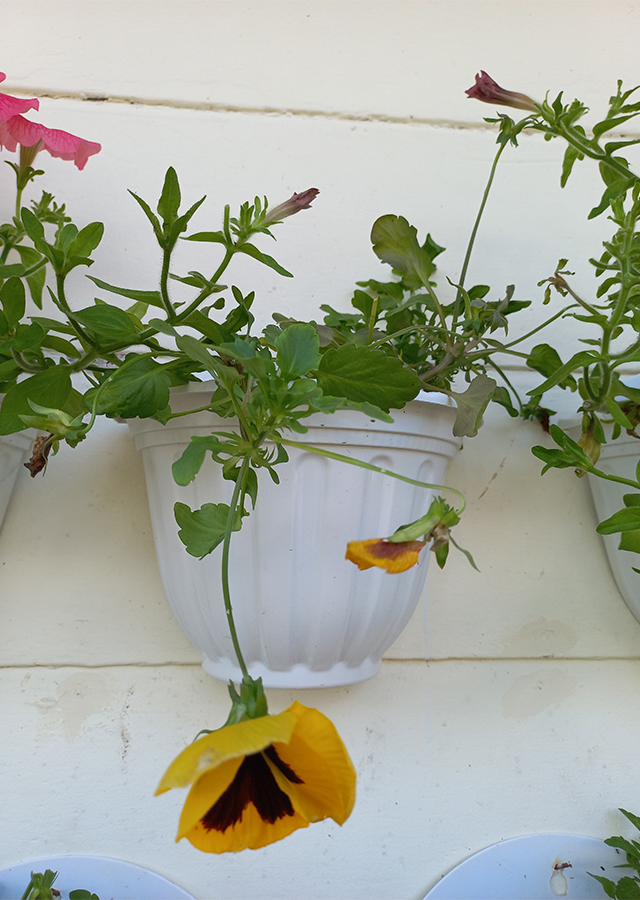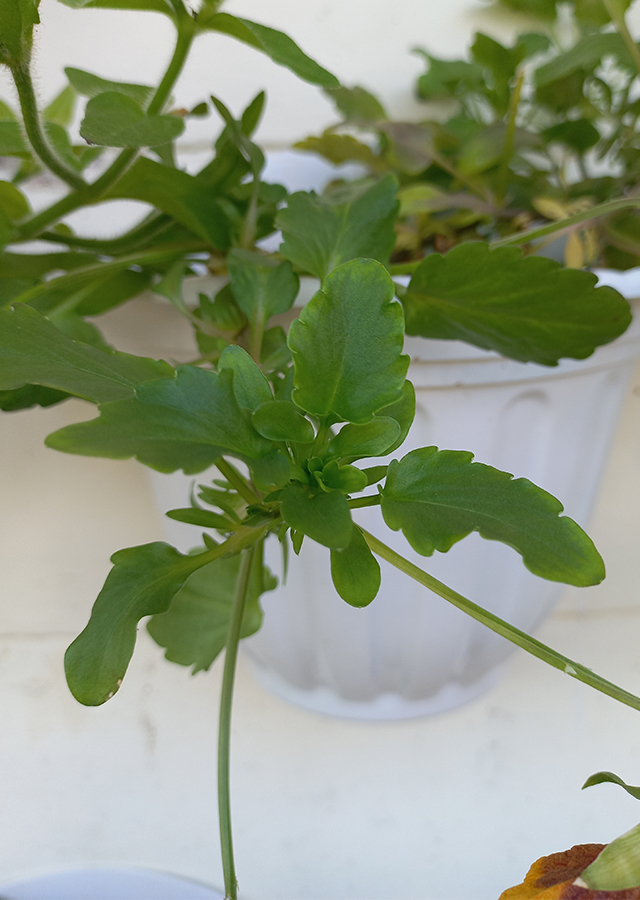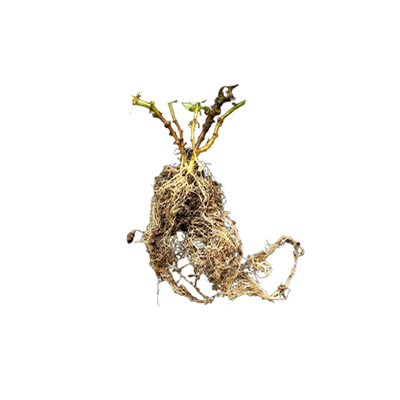Wild Pansy
Viola tricolor L.
Violaceae
Location in our garden
Principal



Synonym
Jacea tricolor (L.) Opiz
Mnemion tricolor (L.) Spach
Viola versicolor Salisb.
Habitus
Herbaceous. An annual or short-lived perennial plant, growing 10-40 cm tall
Part Used
Leaves
Roots
The Whole Plant
Growing Requirements
Full Sunshine
Need Shade
Habitat
Grassland
Terrestrial
Overview
Viola tricolor has its native range is Europe, including Britain, from Scandanavia south and east to Corsica, West Asia, Siberia, and Caucasus. The plant is harvested from the wild for local use as a food, medicine and source of a dye. It is sometimes grown as an ornamental in the garden. Flower buds or young leaves are consumed raw or cooked. Make a tea from leaves. Add small attractive flowers to salads or use it as a garnish.
Vernacular Names
Pensée (French), Styvmorsviol (Swediash), Echtes Veilchen (German), Pensamiento (Spanish).
Agroecology
Found in short grassland on farms as well as wastelands on acid and neutral soils. It prefers a cool moist well-drained humus-rich soil in partial or dappled shade and protection from scorching winds. Tolerates sandstone and limestone soils but becomes chlorotic if the pH is too high. Prefers a pH between 6 and 6.5.
Morphology
- Root - rhizomatous, stout with many root hairs.
- Stem - erect or suberect, branched diffusely from the base.
- Leaves - variable, arising from stem ovate-spathulate, basal, narrow ovate-lanceolate, about 1.5-5 x 0.5-1.8 cm across, base attenuate, margin dentate-crenate to pinnatifid, apex acute to obtuse, glabrous to puberulous, cauline leaves orbicular-oblong, base rounded, margin crenate, apex obtuse, stipules lanceolate, foliaceous, margin pinnatifid, apex acuminate, persistent, adnate to the petiole till middle, short fimbriate, up to 2.5 cm long, petiole slender, shorter in lower leaves, longer in upper leaves, about 1-3 cm long.
- Flower - bisexual, zygomorphic, irregular 1-2 on long axillary pedicels, usually dimorphic (normal and cleistogamous flowers), white, voilet or purplish, bi-bracteolate, sepals 5, subequal, base usually auriculate, persistent, petals 5, subequal, erect or spreading, lateral ones largest, spurred basally. Stamens 5, hypogynous, filaments short, anthers 2 loculed, free or connivent around ovary, tipped with triangular nectariferous membranous appendages, extending into anterior spurs, within spur of corolla. Ovary superior, sessile, 3 carpellary, ovules many placentae parietal, style erect or slightly curved, stigma variable, triangular or lobed, obtuse or truncate, erect or beaked.
- Fruit - capsule, tri-valved elastically, loculicidal, ellipsoid-oblong, glabrous, about 0.8-1.2 cm across.
- Seeds - many, ovoid-globose, surface smooth, shiny, embryo straight, cotyledons rather thick.
Cultivation
- Generative propagation is by seed - best sown in the autumn in a cold frame.
- Vegetative propagation is by division - in the autumn or just after flowering.
Chemical Constituents
Polyphenols, tannins, salicylic acid, flavonoids (rutin, violanthin, scoparin, saponaretin, orientin, vicenin and anthocyanidin glycosides), carotenoids (violaxanthin and four geometrical isomers and zeaxanthin), phenol carboxylic acids (trans-caffeic acid, protocatechuic acid and p-coumaric acid), mucilages, coumarins, umbelliferone, saponins, ascorbic acid and tocopherol.
Traditional Medicinal Uses
- The plant is antiasthmatic, anodyne, cardiac, anti-asthmatic, demulcent, diaphoretic, depurative, expectorant, emollient, vulnerary and laxative.
- It is used in a treatment for asthma, epilepsy, pneumonia, skin diseases (in lotion and poultice).
- Helpful for various chest problems such as whooping cough and bronchitis, ans useful in heart health.
- Applied externally, it is used as an ointment for treating eczema and other skin complaints and is also useful in cases of rheumatism, bed-wetting etc.
- The root is emetic.
Part Used
Reference Sources
- Fern, Ken. (2021). Useful Temperate Plants: Viola tricolor. http://temperate.theferns.info/plant/Viola+tricolor. 11-03-2022.
- Health Benefit Times. (2021). Health Benefits of Wild pansy. https://www.healthbenefitstimes.com/wild-pansy/. 11-03-2022.
- Herbpathy. (No date). Viola tricolor Herb Uses, Benefit, Cures, Side Effect, Nutrient. https://herbpathy.com/Uses-and-Benefits-of-Viola-Tricolor-Cid2819. 11-03-2022.
- India Biodiversity. (No date). https://indiabiodiversity.org/species/show/259175. 11-03-2022.
- Kew Royal Botanic Gardens. (No date). Plants of The World Online: Viola tricolor L.. https://powo.science.kew.org/taxon/urn:lsid:ipni.org:names:869428-1#descriptions. 11-03-2022.
- Piana, M., et al. (2013). Analysis of Rutin in the Extract and Gel of Viola tricolor. Journal of Chromatographic Science, Vol.51 (5): 406–411, https://doi.org/10.1093/chromsci/bms155.


